Human Serpin E1/PAI-1 ELISA Kit
$299.00 – $419.00
ELISA Kit Detail Information
| Related Target | |
|---|---|
| Species | human |
| Sample Type | Serum, plasma, cell culture supernatant, and other biological samples |
| Sample Volume | 100 μL |
| Sensitivity | 1.53 pg/mL |
| Array Range | 0.31 ng/mL – 20 ng/mL |
| Assay Time | 3.5 h |
| Recovery | 80% – 118% |
| Average Recovery | 90% |
| Intra Precision | 2.3% – 4.8% |
| Inter Precision | 2.3% – 2.6% |
| Plate | Detachable 96-well plate |
| Storage | If the reagent kit is unopened, it should be stored at 4℃. However, if it has been opened, the standard solution should be stored at -20℃, while the other components should be stored at 4℃. |
| Delivery | 4℃ blue ice transportation |
| Components | 96-well polystyrene enzyme-linked immunosorbent assay (ELISA) plate coated with anti-Serpin E1/PAI-1 monoclonal antibody Human Serpin E1/PAI-1 freeze-dried standard Serpin E1/PAI-1 detect Antibody Standard Diluent Assay Buffer(10×) Substrate TMB Stop Solution Washing Buffer(20×) Sealing Film |
| Assay Principle | This kit utilizes the double antibody sandwich enzyme-linked immunosorbent assay (ELISA) detection technique.Specific anti-human Serpin E1 antibodies are precoated on a high-affinity ELISA plate. Standard samples, test samples, and biotinylated detection antibodies are added to the wells of the ELISA plate. After incubation, Serpin E1 present in the samples binds to the solid-phase antibodies and the detection antibodies. After washing to remove unbound substances, streptavidin-HRP labeled with horseradish peroxidase is added. After washing, a colorimetric substrate, TMB, is added and the plate is incubated in the dark for color development. The intensity of the color reaction is directly proportional to the concentration of Serpin E1 in the samples.A stop solution is added to terminate the reaction, and the absorbance value is measured at a wavelength of 450 nm (with a reference wavelength range of 570-630 nm). |
Related Targets
SERPINE1
SERPINE1 Target Infomation Overview
- Target Symbol: SERPINE1, serpin family E member 1
- Gene Groups: Serpin peptidase inhibitors
- Alias: PAI
- Previous Names: PLANH1; PAI1
- Alias Names: plasminogen activator inhibitor, type I; serine (or cysteine) proteinase inhibitor, clade E (nexin, plasminogen activator inhibitor type 1), member 1
SERPINE1, serpin family E member 1 Target Infomation by Species
- Human
- Mouse
- Rat
Human SERPINE1 Target Information
- Target Symbol: SERPINE1, serpin family E member 1
- Alias:
- endothelial plasminogen activator inhibitor
- PAI
- PAI-1
- PAI1
- PLANH1
- plasminogen activator inhibitor 1
- serine (or cysteine) proteinase inhibitor, clade E (nexin, plasminogen activator inhibitor type 1), member 1
- serpin E1
- serpin peptidase inhibitor, clade E (nexin, plasminogen activator inhibitor type 1), member 1
- NCBI_Gene: 5054
- UniProtKB: P05121
Human SERPINE1 Predicted Functions
Enables protease binding activity; serine-type endopeptidase inhibitor activity; and signaling receptor binding activity. Involved in several processes, including negative regulation of proteolysis; regulation of angiogenesis; and response to bacterium. Located in collagen-containing extracellular matrix and extracellular exosome. Implicated in several diseases, including artery disease (multiple); autoimmune disease (multiple); diabetic retinopathy (multiple); liver disease (multiple); and lung disease (multiple). Biomarker of several diseases, including artery disease (multiple); autoimmune disease (multiple); diabetic retinopathy (multiple); lung disease (multiple); and sleep apnea (multiple).
Mouse Serpine1 Target Information
- Target Symbol: Serpine1, serine (or cysteine) peptidase inhibitor, clade E, member 1
- Alias:
- PAI-1
- PAI1
- Planh1
- plasminogen activator inhibitor, type I
- NCBI_Gene: 18787
Mouse Serpine1 Predicted Functions
Enables serine-type endopeptidase inhibitor activity. Involved in defense response to Gram-negative bacterium; negative regulation of plasminogen activation; and regulation of angiogenesis. Acts upstream of or within several processes, including cellular response to transforming growth factor beta stimulus; placenta development; and regulation of angiogenesis. Located in extracellular space. Is expressed in several structures, including aorta; extraembryonic component; liver; oocyte; and placenta. Used to study Coronavirus infectious disease. Human ortholog(s) of this gene implicated in several diseases, including artery disease (multiple); autoimmune disease (multiple); diabetic retinopathy (multiple); liver disease (multiple); and lung disease (multiple). Orthologous to human SERPINE1 (serpin family E member 1).
Rat Serpine1 Target Information
- Target Symbol: Serpine1, serpin family E member 1
- Alias:
- endothelial plasminogen activator inhibitor
- PAI
- PAI-1
- Pai1
- PAI1A
- Pai1aa
- Planh
- Plasminogen activator inhibitor
- plasminogen activator inhibitor 1
- RATPAI1A
- serine (or cysteine) peptidase inhibitor, clade E, member 1
- serine (or cysteine) proteinase inhibitor clade E (nexin plasminogen activator inhibitor type 1) member 1
- serine (or cysteine) proteinase inhibitor, clade E (nexin, plasminogen activator inhibitor type 1), member 1
- serine (or cysteine) proteinase inhibitor, clade E, member 1
- serine (or cysteine) proteinase inhibitor, member 1
- serpin E1
- serpin peptidase inhibitor, clade E (nexin, plasminogen activator inhibitor type 1), member 1
- NCBI_Gene: 24617
Rat Serpine1 Predicted Functions
Enables protease binding activity and serine-type endopeptidase inhibitor activity. Involved in several processes, including cellular response to growth factor stimulus; cellular response to hormone stimulus; and cellular response to organonitrogen compound. Located in chromaffin granule and extracellular space. Used to study several diseases, including artery disease (multiple); cerebrovascular disease (multiple); diabetes mellitus (multiple); end stage renal disease; and renal fibrosis. Biomarker of several diseases, including acute necrotizing pancreatitis; glomerulosclerosis (multiple); lung disease (multiple); middle cerebral artery infarction; and muscular atrophy. Human ortholog(s) of this gene implicated in several diseases, including artery disease (multiple); autoimmune disease (multiple); diabetic retinopathy (multiple); liver disease (multiple); and lung disease (multiple). Orthologous to human SERPINE1 (serpin family E member 1).

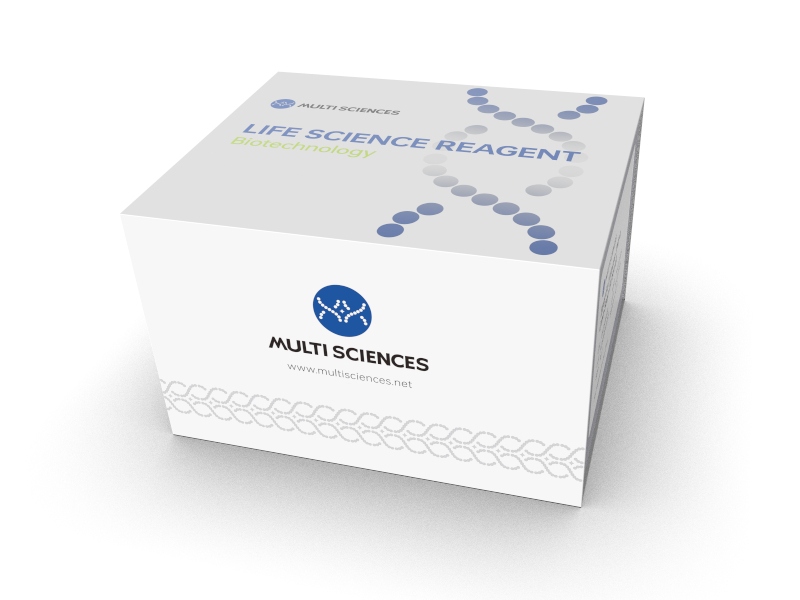
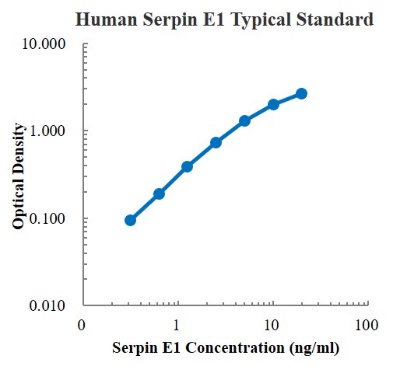
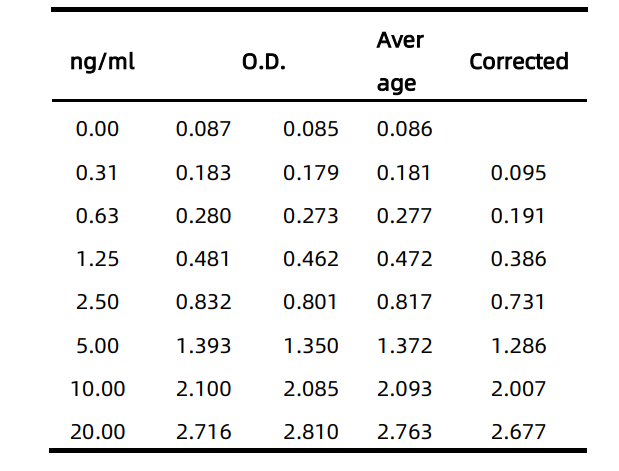

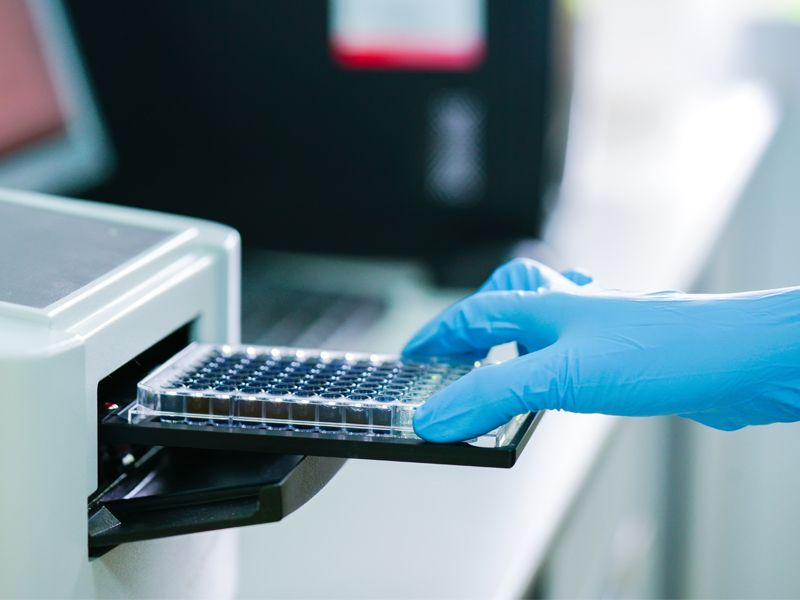
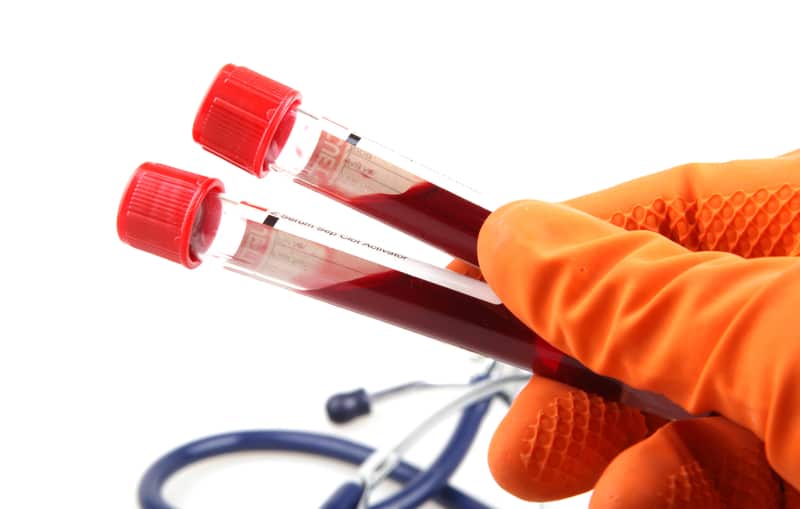
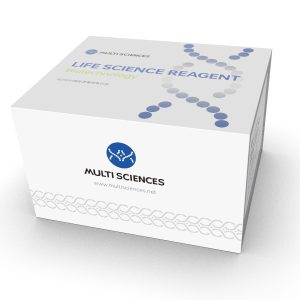
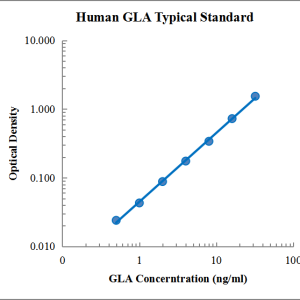
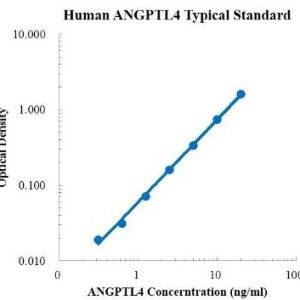
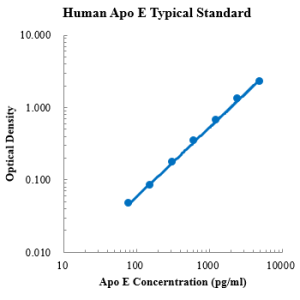
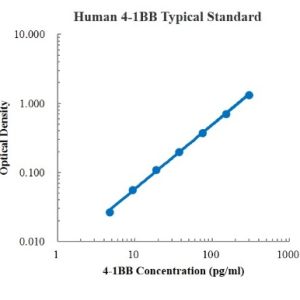
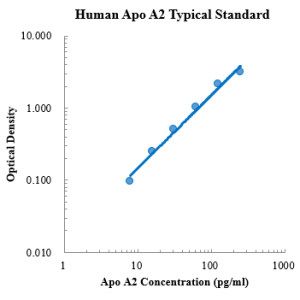
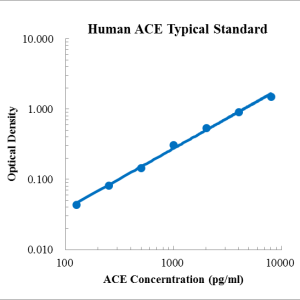
Reviews
There are no reviews yet.